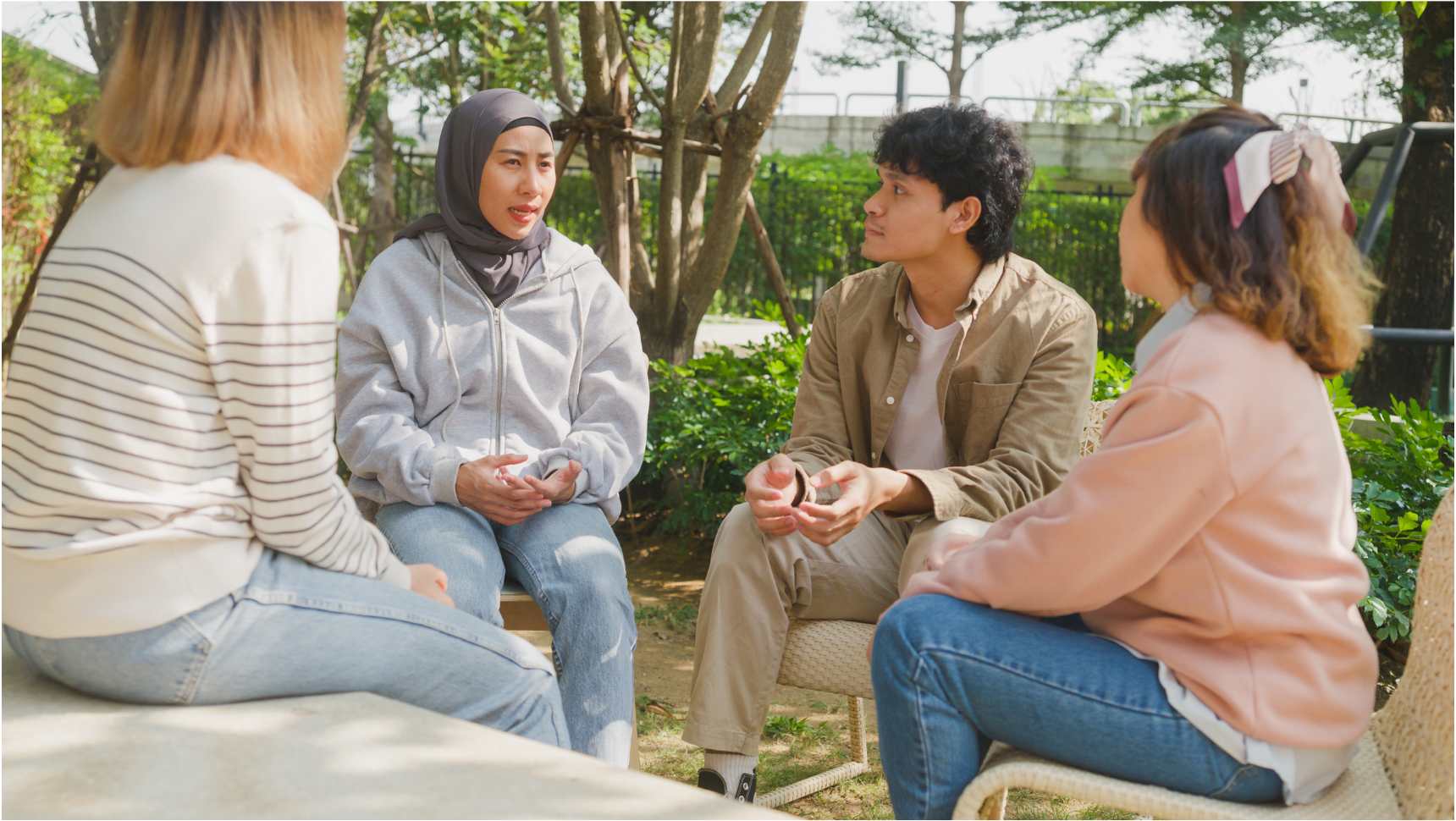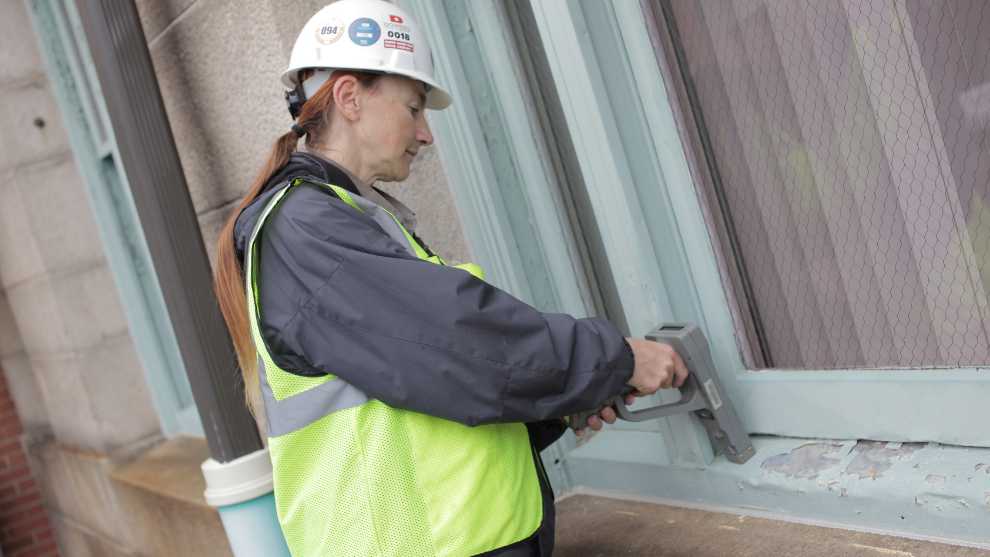Lead Awareness and Populations at Risk


Our Inclusion, Diversity, Equity, and Access (IDEA) Committee routinely hosts educational opportunities (webinars, roundtables, open forum discussions, etc.) on topics that are both broad societal concerns and those that are more specific to the civil engineering industry.
Last month, the IDEA Committee, in conjunction with the Connecticut Department of Public Health, offered a webinar on lead awareness. Fuss & O’Neill provides hazardous building materials consulting services, which includes conducting field investigations to determine the existence of lead and lead-based paint and providing the remediation and abatement solutions to remove this toxin from public spaces.
More than 50 Fuss & O’Neill employees from all different business lines attended this webinar, which was co-hosted by Kim Ploszaj (Supervising Environmental Analyst, CT DPH), Dr. Victoria Verlezza (Employee Experience Manager, Fuss & O’Neill), and me, Kathleen Pane (Associate in the Buildings and Hazardous Materials Business Line, Fuss & O’Neill). I have almost 25 years of experience conducting, overseeing, coordinating, and reviewing the technical quality of hazardous building material projects. A lot of my work has been investigating for lead and working with families, housing authorities, regulators, developers, and private clients to make spaces safer and people healthier.

As shared in the webinar, lead poisoning disproportionately affects certain races and ethnicities
This led to a discussion about how to best serve those we are trying to help. Three key takeaways from this seminar are:
Removing hazards and protecting public health are the desired outcomes of our work. This webinar and discussion will improve our ability to do just that. I also think these key takeaways speak to larger themes that can be applied to many occupations and fields of work, so I hope that you also find these concepts valuable.
Kathleen Pane has extensive experience conducting, overseeing, coordinating, and reviewing the technical quality of various environmental investigations and assessments. Projects include hazardous material inspections and designs involving asbestos, lead-based paint, PCBs, indoor air quality, industrial hygiene, and Phase I, II, and III environmental site assessments. She has also worked on numerous demolition, renovation, and redevelopment projects.
We keep up-to-date on developing technologies, emerging concerns, climate projections, and new regulations. Subscribe to be the first to know how these ever-changing industry topics impact you and how we’re responding.
"*" indicates required fields